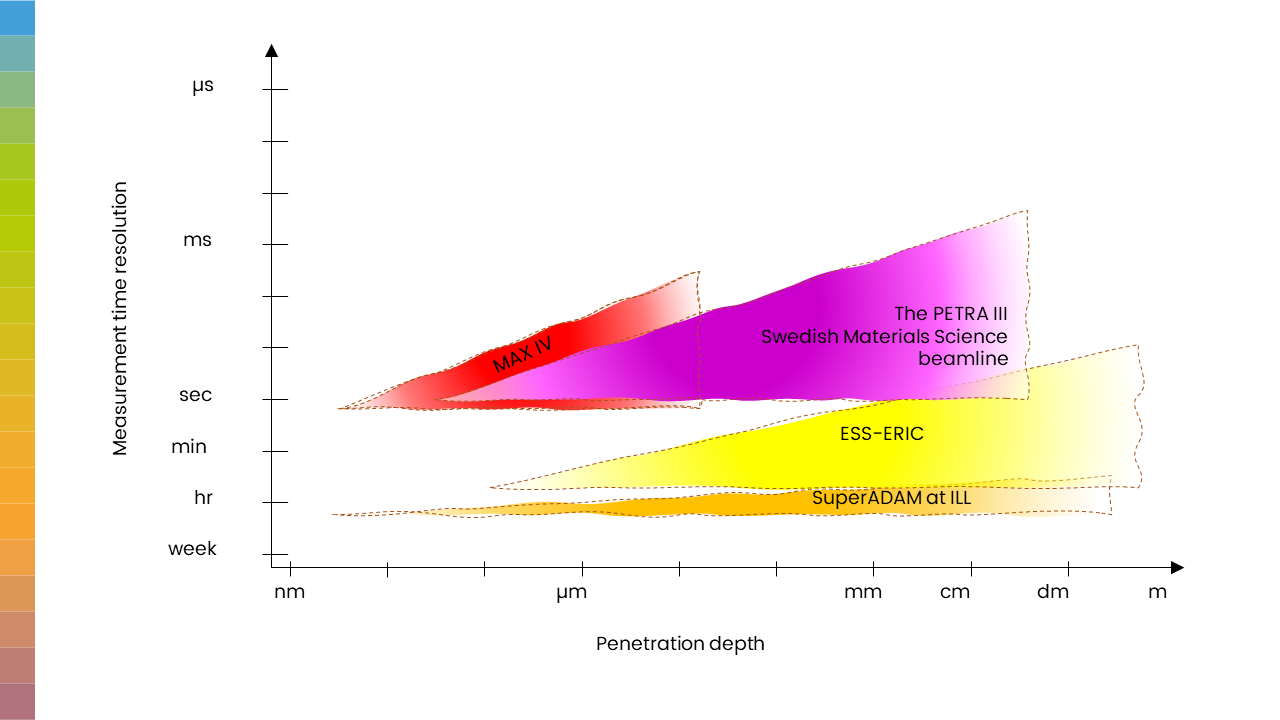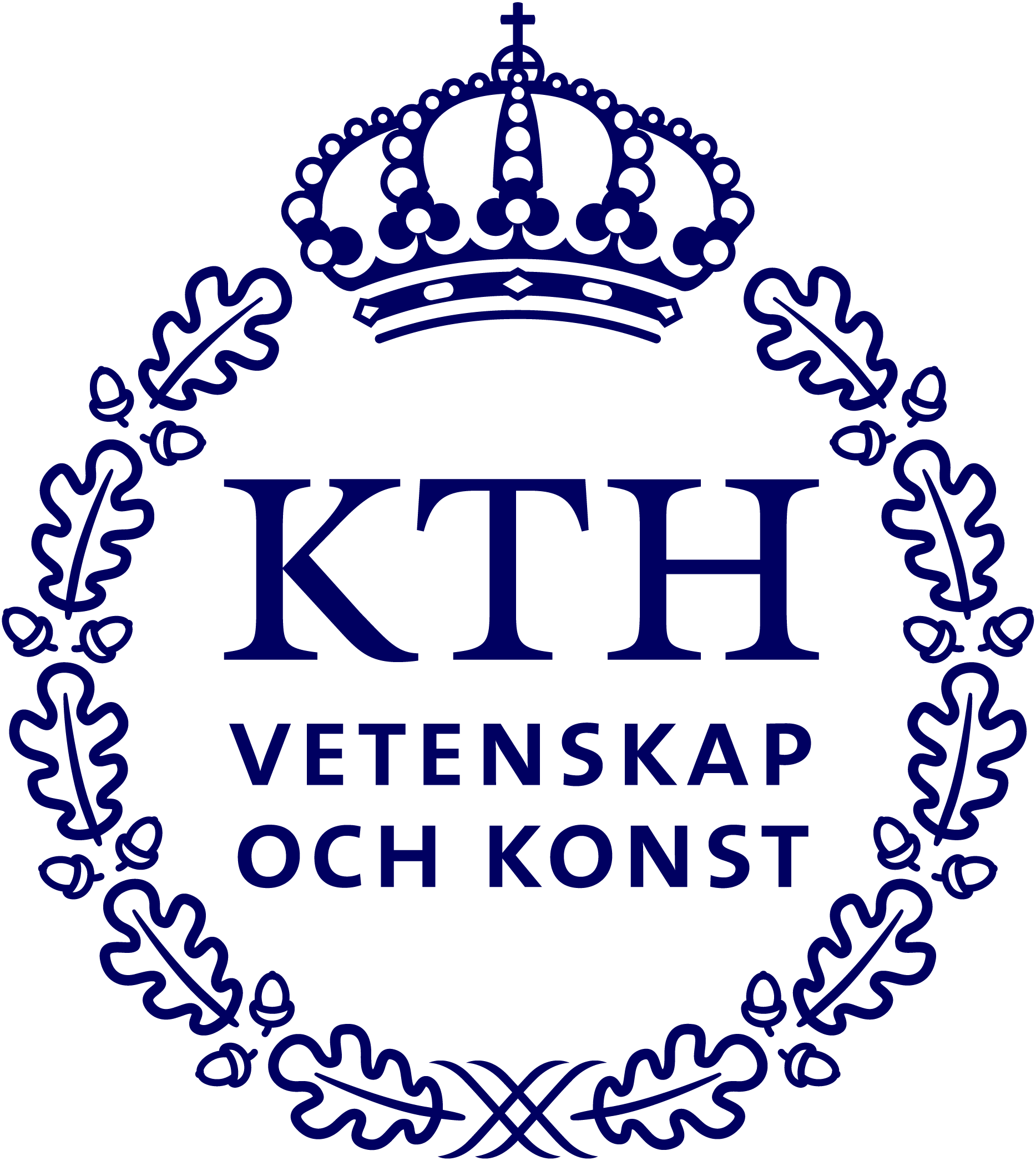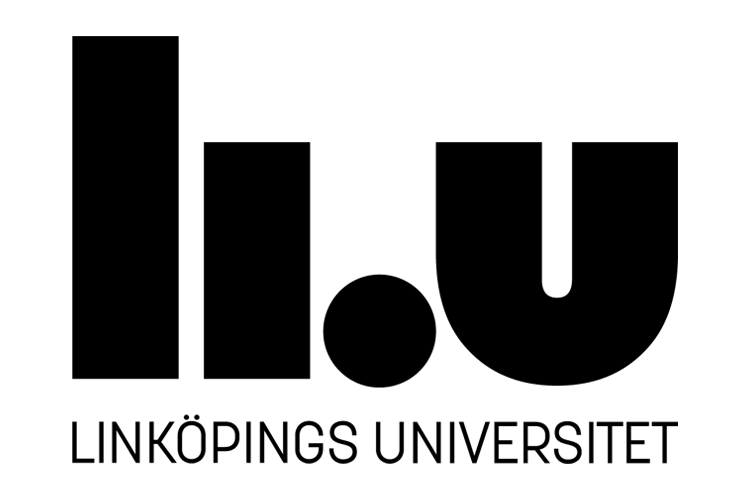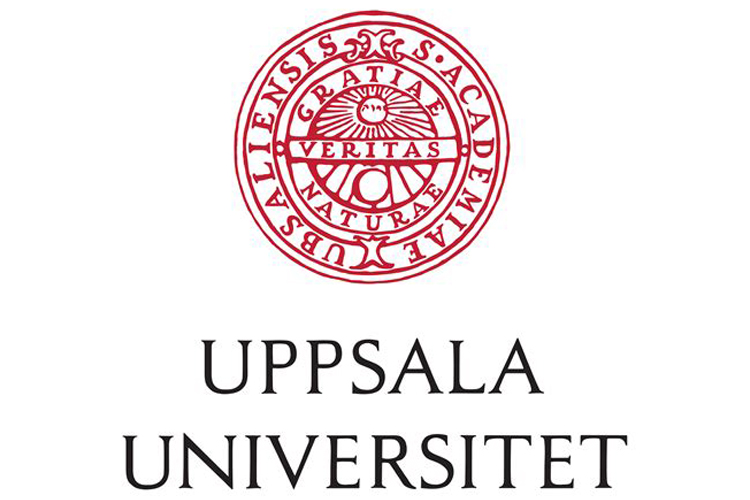Sweden's research infrastructure portfolio
Sweden owns and hosts as well as subscribes to a range of research infrastructures. The distinctiveness of PETRA III Swedish Materials Science beamline is its ultra-fast measurement capabilities - enabling measurements of materials as they are being produced and used. This research capability is crucial for shaping the materials technologies for climate solutions in the energy, metals production and manufacturing sectors.

Sweden has invested in a portfolio of research infrastructures. Two Swedish national infrastructures, the PETRA III Swedish Materials Science beamline and the MAX IV Laboratory in Lund, are both X-ray instruments. The energy of these X-rays is the noteworthy difference between these national infrastructures.
MAX IV has a maximum X-ray energy of 35 k eV and it making important contributions in many fields, including bio-based materials. This energy level is however insufficient to capture signals deep inside many materials, especially those comprising metals. The metals sector is one of Sweden's important base industries and metallic-materials production and use is also key to Sweden's manufacturing and vehicle sectors as well as for electricity generation, transition and storage e.g. batteries and power transfomers. A high energy complement to MAX IV is therefore also needed for research efforts to sustain the competitiveness of these sectors - as well as make climate transitions happen.
Accordingly, Sweden commissioned the PETRA III Swedish Materials Science beamline, whose X-ray energy levels range from 40 k eV up to 150 k eV. Such high energy levels, enables in situ/operando materials processes.
The PETRA III Swedish Materials Science beamline is also a complement to the European Spallation Source (ESS), which is a European infrastructure that is co hosted by Sweden and Denmark. ESS is currently under construction in Lund and, when it is completed, ESS will offer the world's highest energy neutron instruments.
Neutron measurements are useful for working out the internal shapes of structures within materials. Neutron instruments can also detect say hydrogen whereas X-ray instruments can not. Therefore, ESS will be able to provide different information from both MAX IV and PETRA III. The PETRA III Swedish Materials Science beamline, MAX IV and ESS are therefore complementary to one another.
Sweden current has a neutron beamline, SuperADAM, at the ILL source so that Sweden can develop and sustain neutron instrumentation expertise and research use expertise.
Key distinction of the PETRA III Swedish beamline
The key distinction of the PETRA III Swedish Materials Science beamline is its ultra fast measurement capabilities – enabling measurements of materials as they are being produced and used.
Such so called in situ/operando studies are crucial to develop new knowledge in many fields, including the energy and transportation sectors as well as in industrial processes and manufacturing processes. These sectors all need to shape new knowledge about materials as they are being produced/used in order to devise the innovations required to make climate transitions happen.
Global Sustainability Goals
The new research knowledge acquired from use of the PETRA III Swedish Materials Science beamline is intended to make an impact on sustainable development. Examples of in situ/operando materials processes and their sustainability targets including:
- Batteries in operation: material processes within the battery as the battery is charging and discharging (SDG 13, Target 78) so that the next generation of battery technologies, that use less toxic raw materials, can be developed
- Catalysis processes for assessing the underlying mechanisms of catalyt behaviours - as an enable for the design of new catalysts for avoiding pollutants (SDG 12.4) and reducing energy consumption in processes (SDG 9, Target 62) as well as enabling the electrification of industrial processes (SDG13, Target 77)
- In service performance of steels for hydrogen storage - an enabler for a transition from fossil fuels to renewable energy in high energy industrial processes such as steel making and manufacturing (SDG 9, Target 62; SDG 13, Target 77)
- Additive manufacturing of components as the component is being produced - an enabler for lightweight components for electric vehicles (SDG 13, Target 78) and for significant reductions in material and energy usage for components in other technology applications (SDG 9, Target 62)
- New lightweight materials for electric vehicles (SDG 13, Target 78) with low resource use during manufacturing processes (SDG 9, Target 62)
Of Sweden's research infrastructures, only the Swedish Materials Science beamline has the capability (energy and temporal resolution) to capture in situ/operando information relating to these materials phenomena.



